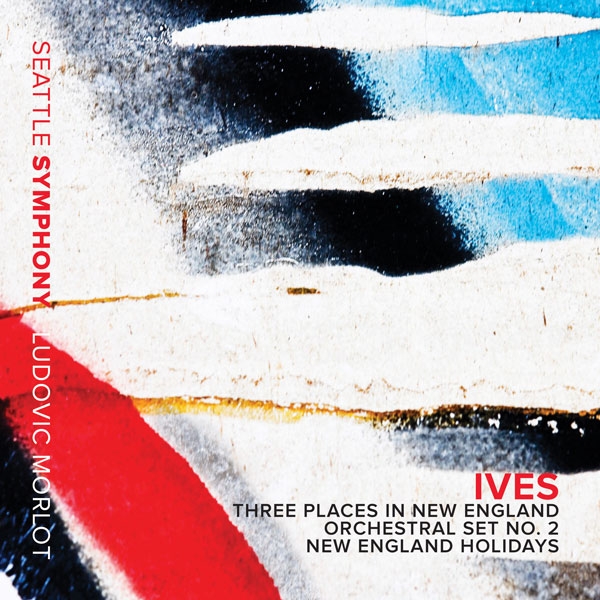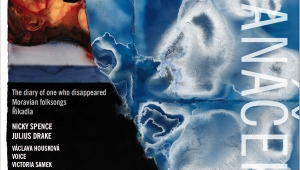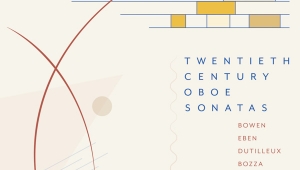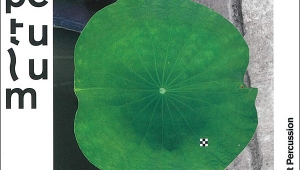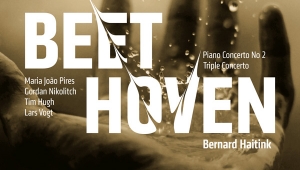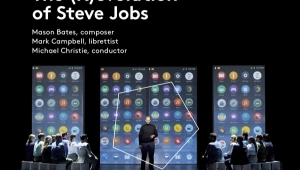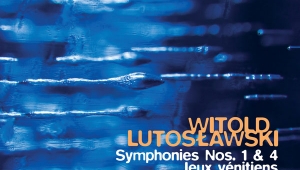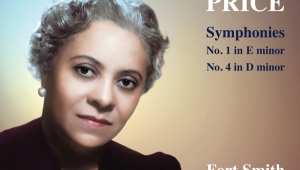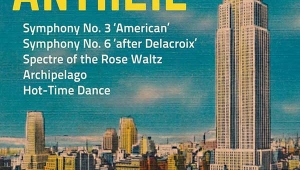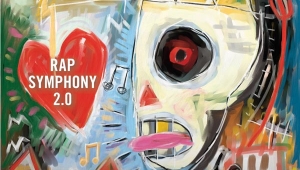| Columns Retired Columns & Blogs |
Too bad that one of the all-time great performances of Orchestra Set # 2 on record—Stokowski, LSO—didn't make its way into the boxed collections of Stokowski on Decca/London. There's a half-assed transfer of the Phase 4 recording [originally coupled on LP with an equally great performance of Messiaen's l'ascension] with Bernard Hermann's terrible version of Ives' Symphony #2 on the budget "Weekend Classics" series. I think the Dohnanyi/Cleveland recordings of Orchestra Set # 2 are excellent and exceptionally well-recorded. There's a Decca twofer where it's coupled with the Symphonies and other works. Ives Orchestra Set # 2 is as amazing as you describe, scary, prescient and almost post-modern in sensibility.
